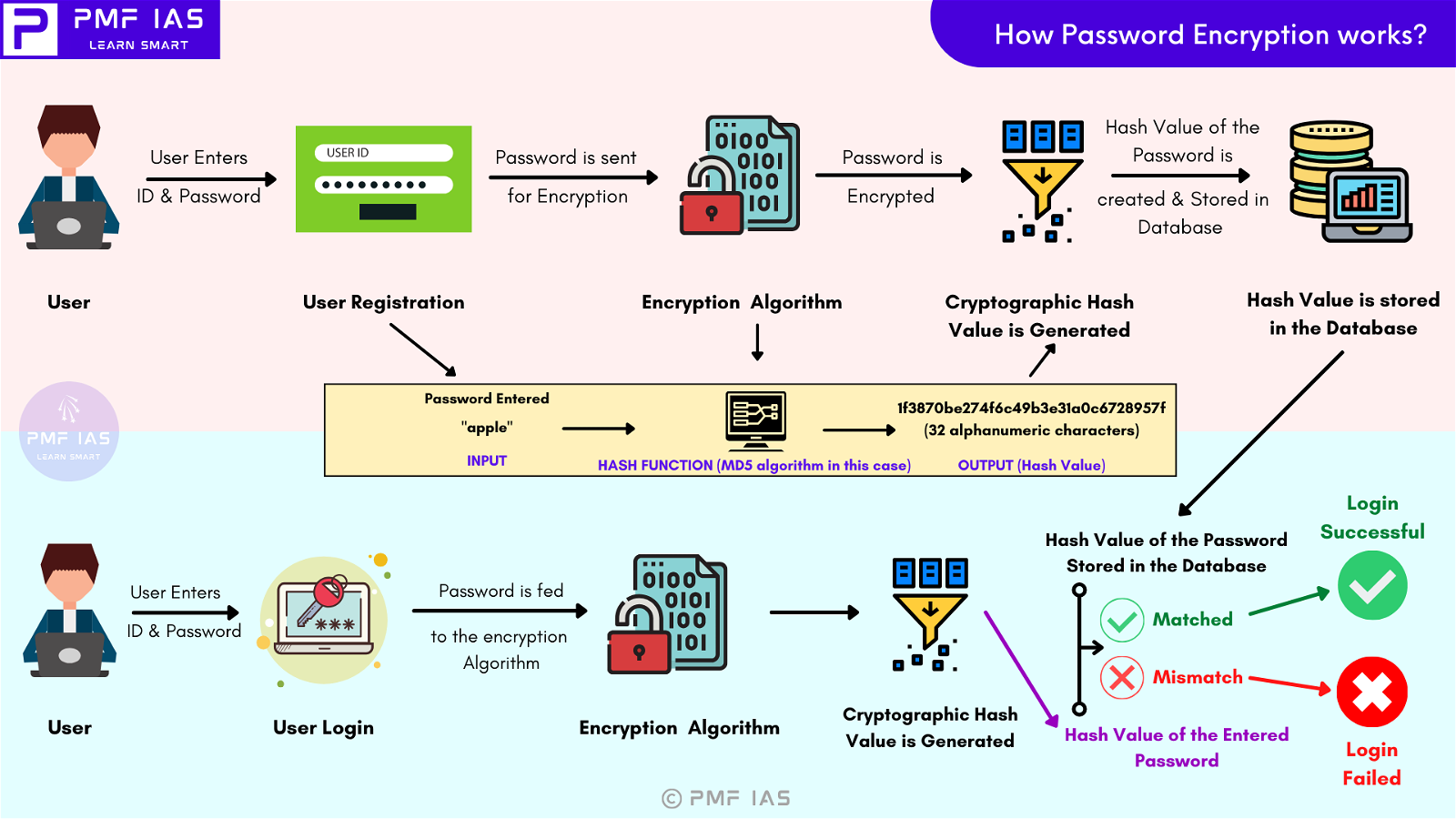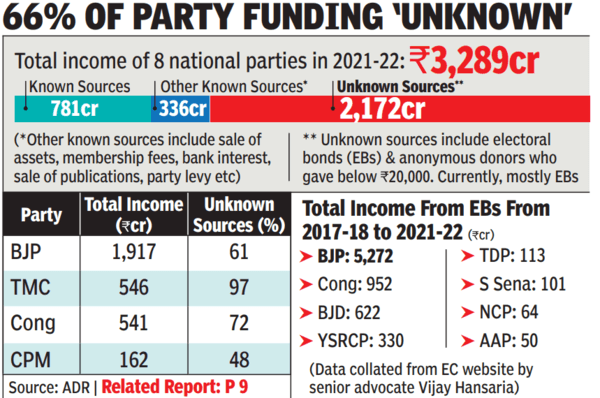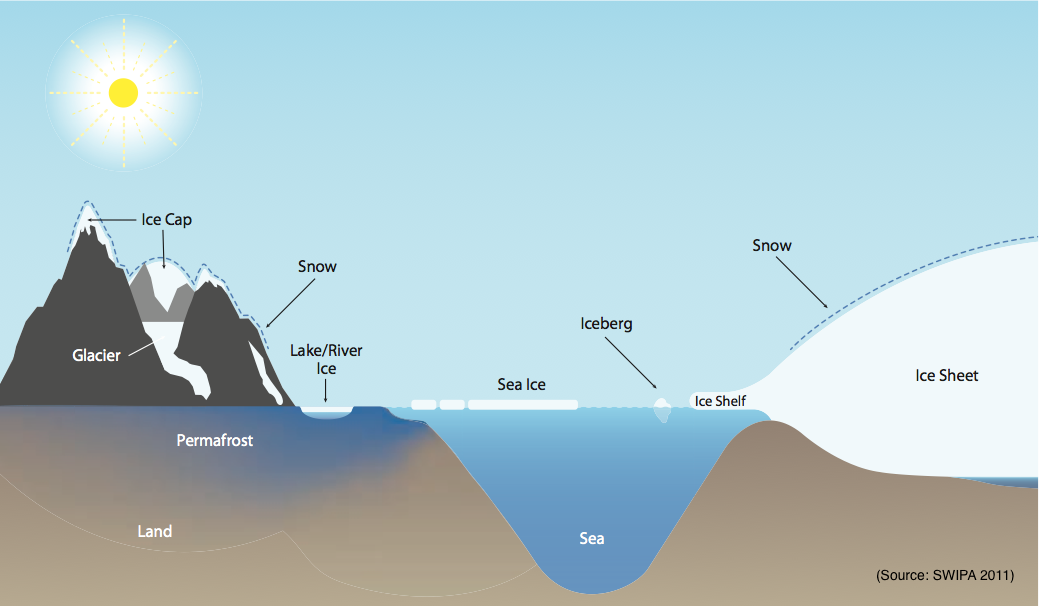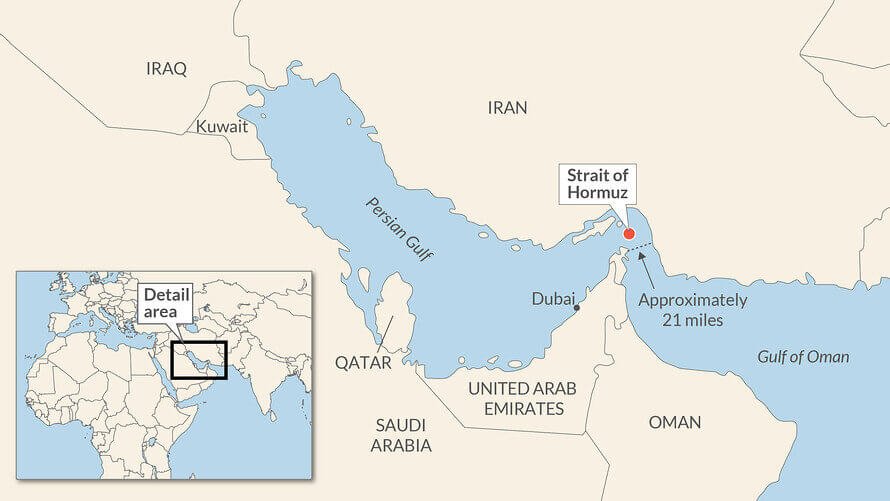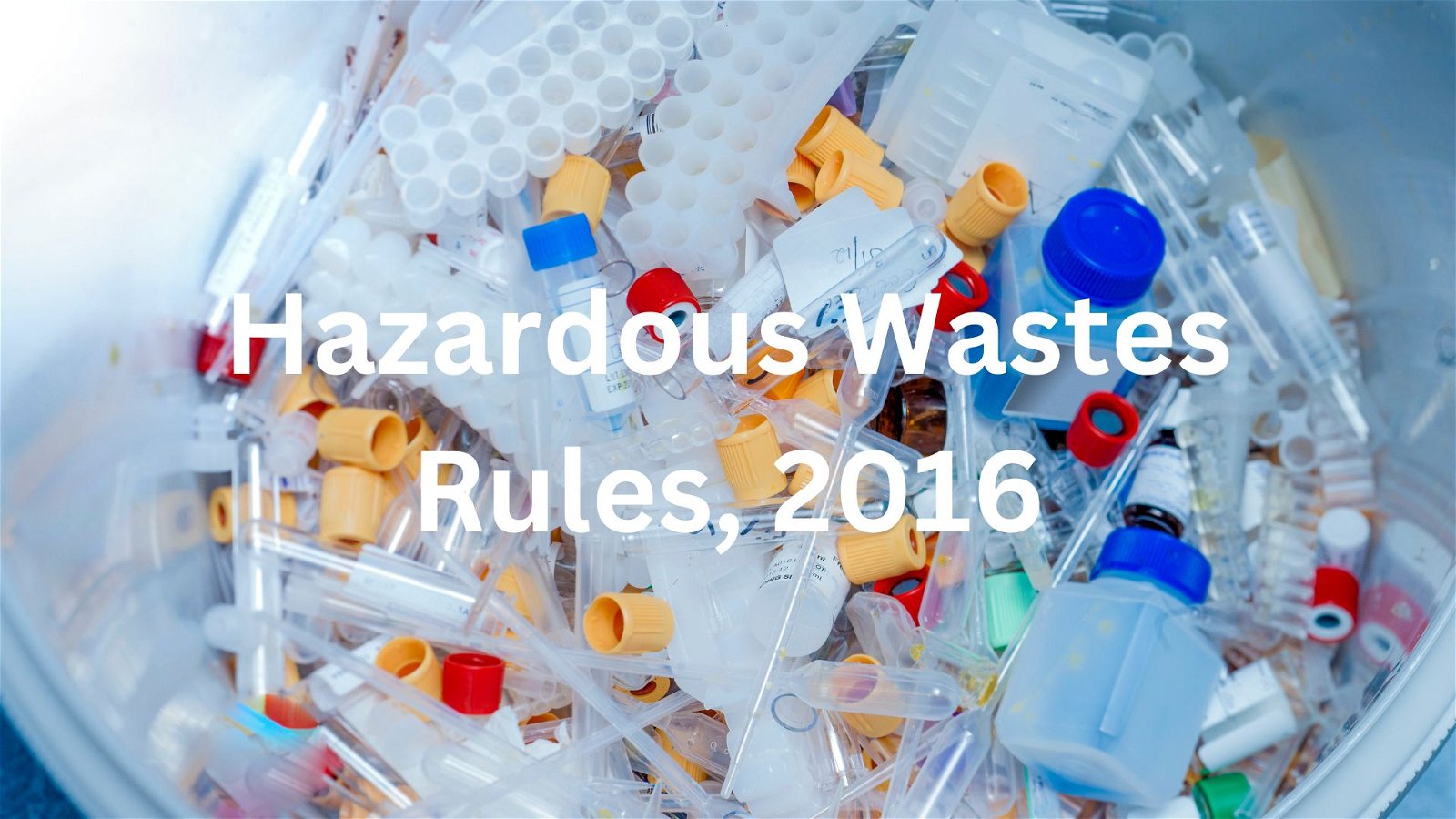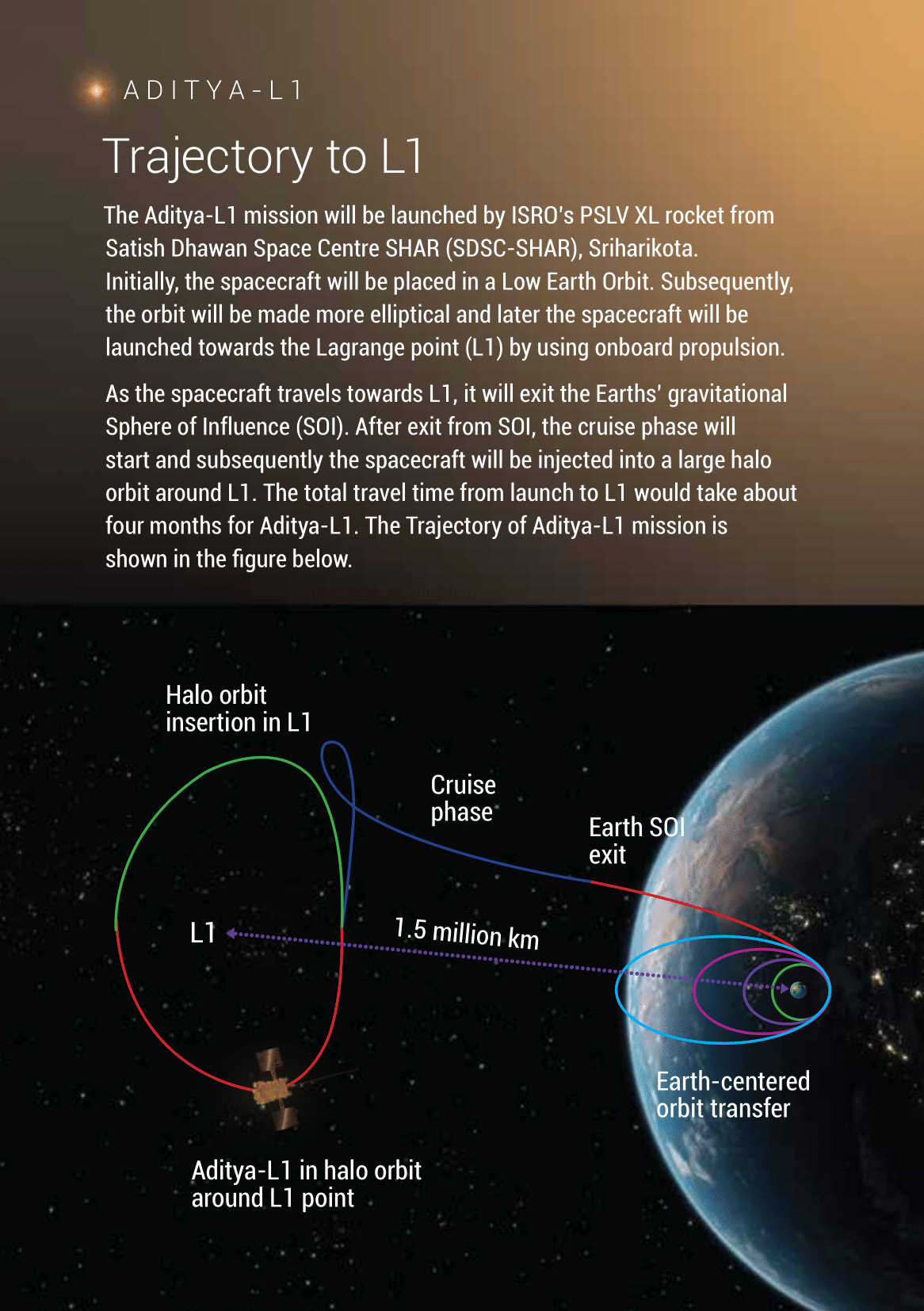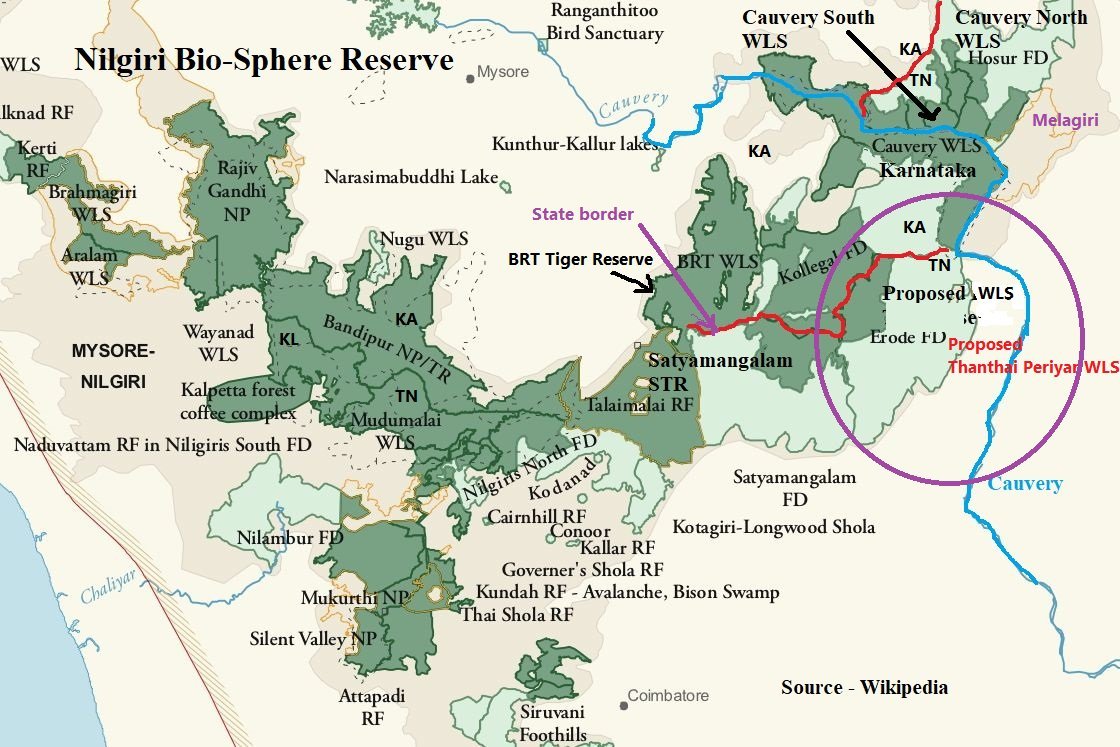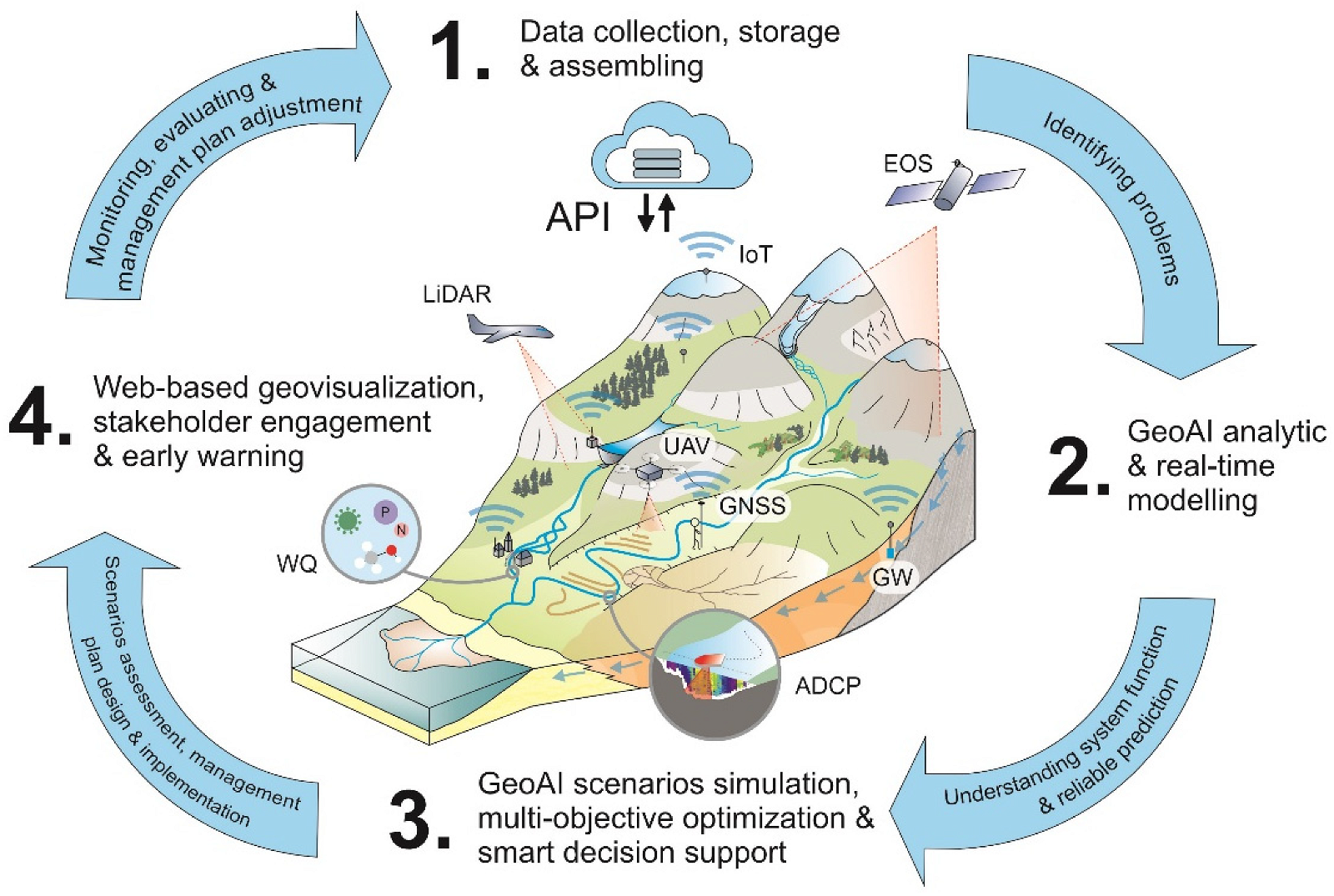
Current Affairs for UPSC Civil Services Exam – March 16, 2024
Subscribers of "Current Affairs" course can Download Daily Current Affairs in PDF/DOC
Subscribe to Never Miss an Important Update! Assured Discounts on New Products!
Must Join PMF IAS Telegram Channel & PMF IAS History Telegram Channel
{GS1 – Geo – PG – Climatology} Atmospheric Research Testbed
- Context (IE): The first phase of India’s Atmospheric Research Testbed in Central India (ART-CI) was inaugurated on March 12.
- It is located at Silkheda in Sehore district, around 50 km northwest of Bhopal in Madhya Pradesh.
- The facility is funded by the Ministry of Earth Sciences (MoES).
- It occupies 100 acres of land and costs Rs 125 crore to develop.
- The Indian Institute of Tropical Meteorology (IITM), Pune, manages its operations.
- Phase 1: ART has started remote sensing and in-situ measurements using 25 meteorological instruments.
- Phase 2: It will involve deploying additional instruments like radar wind profiler, balloon-bound radiosonde, and soil moisture and temperature measuring equipment.
- These instruments will be used to study crucial cloud processes. Specifically, it will examine the monsoons over central India’s Monsoon Core Zone (MCZ).
What is the Atmospheric Research Testbed (ART)?
- The ART is a research program. It conducts observational and analytical research in an open field.
- The facility focuses on studying weather parameters like temperature and wind speeds.
- It also observes transient synoptic systems during the southwest monsoon season.
- These systems include low-pressure areas and depressions from the Bay of Bengal.
- The goal is to generate a large amount of data over time. This data can be compared with existing weather models to improve rainfall predictions.
- The ART setup will validate satellite-based observations for weather predictions.
|
Why having an Atmospheric Research Testbed is important?
- Currently, 45% of India’s workforce works in agriculture. Much of Indian agriculture relies on rainfall, especially in the Monsoon Core Zone (MCZ), which spans from Gujarat to West Bengal.
- The southwest monsoon season contributes to 70% of India’s annual average rainfall, which is around 880mm.
- Kharif cultivation (July and August), experiences an average monthly rainfall of 280.4mm and 254.9mm, respectively (based on the 1971-2020 average).
- During July and August, rain-bearing synoptic systems, like low pressures or depressions, form in the Bay of Bengal and move towards the Indian mainland, passing through the MCZ and causing significant rainfall.
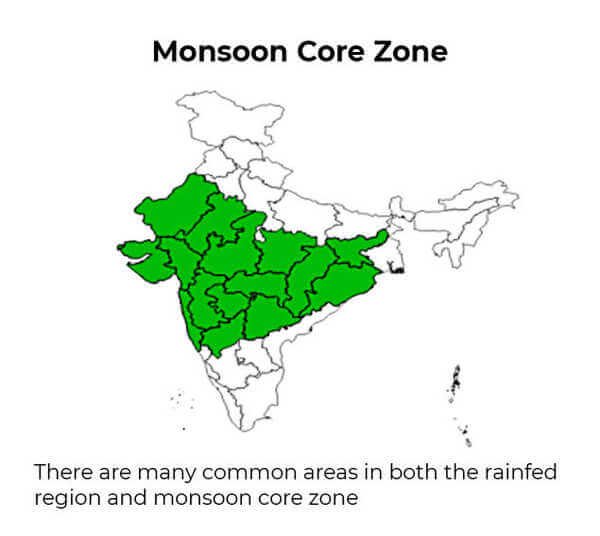
Why is it important to have data about monsoons over central India?
- Limited understanding of synoptic systems’ role, cloud physics, and their impact on monsoon rainfall.
- Central India serves as a natural laboratory for scientists to study the monsoon.
- Climate change is causing erratic rainfall patterns, strengthening low-pressure systems.
- Data improves numerical weather models: ART allows scientists to gather long-term data on cloud physics, precipitation, and other parameters that can improve rainfall forecasts. Accurate forecasts help farmers plan activities effectively.
|
Why Madhya Pradesh?
- Silkheda was chosen for ART due to its alignment with major rain-bearing synoptic systems’ path.
- The location allows for direct monitoring and tracking of these systems.
- Silkheda is free from pollutants, making it ideal for sensitive meteorological instruments.
- Its pristine environment ensures accurate recording of meteorological data.
{GS2 – MoAFW – Schemes} Kisan Credit Card (KCC) Fisheries scheme
- Context (PIB): The Department of Fisheries inaugurated the integration of the KCC Fisheries scheme onto the JanSamarth Portal.
- It aims to revolutionize access to credit facilities for fishers, fish farmers, and other stakeholders across the nation.
Kisan Credit Cards Fisheries Scheme
- The GoI, in the year 2018-19, extended Kisan Credit Cards (KCC) facility to fisheries and animal husbandry farmers to help them to meet their working capital requirements.
- Implemented by: Ministry of Fisheries, Animal Husbandry, and Dairying.
Benefits under the scheme
- For the existing KCC holders, the benefits of interest subvention and prompt repayment incentive will be admissible up to the credit limit of Rs. 3 lakhs including fisheries activities.
- In the case of new card holders, the credit limit is Rs. 2 lakhs to meet their working capital requirements for fisheries activities.
- In the KCC scheme, @7% is the lending rate to farmers including @2% interest subvention per annum by Govt. of India. Also, another @3% per annum is provided in case of prompt repayment as an additional incentive as per the existing guidelines.
- This implies that the farmers repaying promptly as above would get a loan @ 4% per annum effectively for loan amount upto Rs 2 lakhs.
JanSamarth Portal
- Launched by the Ministry of Finance, it serves as a comprehensive platform linking over a dozen government credit schemes.
- It facilitates a direct connection between beneficiaries and lenders for loan application and processing under multiple Credit-Linked Government Schemes.
- The portal covers 14 schemes under 4 loan categories: education, agricultural infrastructure, business activity, and livelihood.
- Beneficiaries can digitally check eligibility, apply online, and receive digital approval before applying for a loan.
Benefits of Integration of KCC Fisheries Scheme with Portal
- Seamless Access: Fishers and fish farmers can now easily apply for their KCC loans and manage their loan accounts online.
- Efficiency: Streamlined processes and digitized workflows enhance efficiency.
- Transparency: The system ensures transparency in loan management services.
- Inclusivity: The initiative promotes inclusive growth within the fisheries industry.
{GS2 – MoHFW – Initiatives} Eat Right Campus
- Context (PIB): The Food Safety and Standards Authority of India (FSSAI) has certified nearly 100 prisons across the country as Eat Right Campuses.
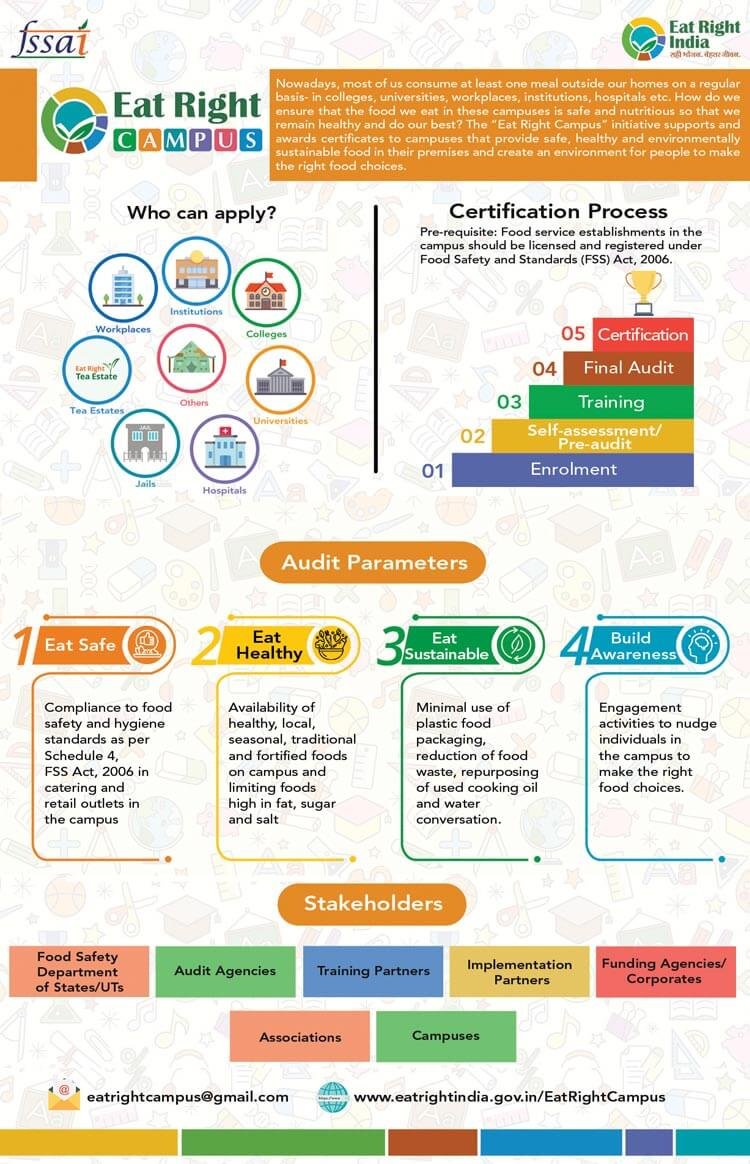
- Eat Right Campus initiative led by FSSAI aims to promote safe, healthy & sustainable food in campuses such as schools, universities, colleges, workplaces, hospitals, tea estates etc. across the country.
- Objective: To improve the health of people and the planet and promote social and economic development of the nation.
- Though not mandatory to adopt, it can provide immense benefits to the campus and the individuals in the campus not only in terms of health but also economics.
- The campus is given a rating on a five-star scale. If a campus scores three or more stars, it is certified as an ‘Eat Right Campus’.
- The certification is valid for two years. In order to ensure that these best practices continue, the campus appoints a nodal person to oversee these efforts.
{GS2 – MoHI – Schemes} Scheme to Promote Manufacturing of EVs in India
- Context (PIB): The Union Government has approved a scheme to promote the manufacturing of electric vehicles in India.
- The policy aims to attract investments in the EV space from global EV manufacturers.
- This decision is anticipated to bring clarity for international electric vehicle (EV) companies like Tesla, which has been considering establishing a manufacturing plant in India.
- However, they have been seeking special incentives or benefits before making a final decision.
Key Features of the Policy
- Minimum investment required: Rs 4150 Cr (USD 500 Mn).
- Maximum investment: No limit.
- Timeline for manufacturing: 3 years to set up manufacturing facilities in India and start commercial production of e-vehicles. Within 5 years, aim to reach 50% domestic value addition (DVA) at most.
- Domestic value addition (DVA) during manufacturing: Achieve a localisation level of 25% by the 3rd year and 50% by the 5th year.
- Customs duty of 15% (as applicable to CKD units) would be applicable for 5 years on vehicles with a CIF value of USD 35,000 or above.
- The total number of EVs allowed for import depends on the total duty foregone or investment made, whichever is lower, with a maximum of ₹6,484 Cr.
- Under this scheme, a maximum of 40,000 EVs at the rate of not more than 8,000 per year would be permissible if the investment is of USD 800 Mn or more.
- Investment commitment must be backed up by a bank guarantee in lieu of the custom duty forgone.
- The bank guarantee will be invoked if DVA and minimum investment criteria are not achieved as per the scheme guidelines.
{GS2 – MoPNG – Initiatives} Ethanol 100
- Context (PIB): Ethanol 100 fuel launched by the Petroleum Minister.
- Starting today, customers can purchase ETHANOL 100 at select 183 retail outlets in five states: Maharashtra, Karnataka, Uttar Pradesh, New Delhi, and Tamil Nadu.
- E20 (20% ethanol blended fuel): It was announced in 2023 and we are close to achieving the target of 20% ethanol blending by 2025-26.
Ethanol100
- It is a cleaner, greener alternative to gasoline.
- It emits lower levels of greenhouse gases and pollutants, helping to fight climate change and improve air quality.
- It has a high-octane rating, usually between 100-105, making it suitable for high-performance engines.
- Ethanol100 enhances efficiency and power output while minimising environmental impact.
- It is versatile and can be used in various vehicles, including flex-fuel vehicles (FFVs).FFVs can run on gasoline, ethanol, or any blend of the two.
- Ethanol100 has the potential to become a mainstream fuel option with the right infrastructure.
- Significant advantages: Reduce import dependency, conserve foreign exchange, reduce CO2 emission and boost the agriculture sector.
To know more about the Ethanol Blending programme, visit > Ethanol Blending programme.
{GS3 – Envi – Conservation} Global Methane Tracker 2024 | Mitigating Methane Emissions
- Context (DTE): As per Global Methane Tracker 2024, Methane emissions from fossil fuels remain high despite progress with USA being on the top list of emitters.
- The Global Methane Tracker is released by the International Energy Agency (IEA) annually.
- It is based on the most recently available data on methane emissions from the energy sector and incorporates new scientific studies, measurement campaigns, & information collected from satellites.
Key Findings
- USA is the largest emitter of methane from oil and gas operations, closely followed by Russia.
- The energy sector — including oil, natural gas, coal and bioenergy — accounts for more than one third of total methane emissions attributable to human activity.
- Bioenergy — largely from biomass use — contributed a further 10 Mt emissions.
- Of the nearly 120 Mt of emissions, we estimate were tied to fossil fuels in 2023, around 80 Mt came from countries that are among the top 10 emitters of methane globally.
- More than 5 million tons of methane emissions were traced back to major fossil fuel leaks around the world.
- A major oil well blowout in Kazakhstan, which began in June 2023 and continued for more than 200 days.
- The world needs to slash methane emissions from fossil fuels by 75% by 2030 to achieve the Paris Agreement goal of limiting warming to 1.5°C.
Steps taken to mitigate Methane Emissions
Oil and Gas Decarbonisation Charter (OGDC)
- It is a global industry Charter dedicated to speeding up climate action and achieving high-scale impact across the oil and gas sectors.
- To date, 50 companies, representing more than 40 percent of global oil production have signed on to the OGDC, with National Oil Companies representing over 60 percent of signatories – the largest-ever number of NOCs to commit to a decarbonization initiative.
- The OGDC is a key initiative under the Global Decarbonization Accelerator (GDA).
Global Decarbonization Accelerator (GDA)
- It was launched at the World Climate Action Summit.
- It is focused on three key pillars:
- Rapidly scaling the energy system of tomorrow;
- Decarbonizing the energy system of today; and
- Targeting methane and other non-CO2 greenhouse gases.
- It is a comprehensive plan for system-wide change, addressing the demand and the supply of energy at the same time.
- Concern: It only focuses on upstream emissions from oil and gas production, leaving out the need for phasing out fossil fuels, where emissions are at least five times greater.
- It omits key countries and shows strong overlaps with Nationally Determined Contributions.
Oil and Gas Climate Initiative
- It is a CEO-led organization bringing together 12 of the largest oil and gas companies worldwide to lead the industry’s response to climate change.
- It aims to accelerate action towards a net zero emissions future consistent with the Paris Agreement.
- Together, OGCI member companies represent about 30% of global oil and gas production.
- Achievement: Since 2017, OGCI’s member companies have collectively reduced their upstream methane emissions by 50% and upstream carbon intensity by 21%.
- Concern: Several companies focus solely on methane intensity targets, that do not consider absolute emission levels, which can increase even with declining methane intensity if production volumes rise.
Oil and Gas Methane Partnership 2.0 (OGMP 2.0)
- It is the flagship oil and gas reporting and mitigation programme of the United Nations Environment Programme (UNEP).
- It is the only comprehensive, measurement-based reporting framework for the oil and gas industry that improves the accuracy and transparency of methane emissions reporting.
- Over 130 companies with assets in more than 70 countries, representing nearly 40% of the world’s oil and gas production, over 80% of LNG flows, nearly 25% of global natural gas transmission and distribution pipelines and over 10% of global gas storage capacity, have joined OGMP 2.0.
- OGMP 2.0’s data is one of the key components of UNEP’s International Methane Emissions Observatory’s solution to the methane data problem.
International Methane Emissions Observatory (IMEO)
- It was launched at the G20 Summit, on the eve of the COP26 UN climate conference in Glasgow.
- It will initially focus on methane emissions from the fossil fuel sector, and then expand to other major emitting sectors like agriculture and waste.
- IMEO is a core implementing partner of the Global Methane Pledge.
Global Methane Pledge
- It was launched at COP26 by the European Union and the United States.
- Participants joining the Pledge agree to take voluntary actions to contribute to a collective effort to reduce global methane emissions at least 30 percent from 2020 levels by 2030.
- The Climate and Clean Air Coalition provides secretariat services to the GMP.
- Significance: Meeting the GMP would reduce methane emissions to a level consistent with 1.5°C pathways, reduce warming by at least 0.2 °C by 2050 and prevent annually 26 million tons of crop losses, 255,000 premature deaths, 775 thousand asthma-related hospitalizations and 73 billion hours of lost labour due to extreme heat.
Global Methane Initiative
- It is a voluntary, international public-private initiative that aims to reduce global methane emissions and to advance the abatement, recovery, and use of methane as a valuable clean energy source.
- It focusses on four sectors: agriculture, coal mines, municipal solid waste, oil and gas systems, and wastewater.
Methane Alert and Response System (MARS)
- It was launched at COP27 by UNEP’s International Methane Emissions Observatory (IMEO).
- It is the first-ever global system that uses satellite data to monitor major emission events and notify governments and companies who can address them.
- It works in partnership with the Climate and Clean Air Coalition (CCAC) and the International Energy Agency (IEA).
- It brings together four critical components to drive transparency and enable emission reductions:
- Detection of large sources of human-caused methane emissions.
- Notification of relevant countries and companies about these detected emissions.
- Response from notified stakeholders to address the emissions.
- Tracking progress of actions taken to reduce emissions and collaboration to prevent future methane.
Lowering Organic Waste Methane Initiative (LOW-Methane)
- It is a coalition of international partners launched at COP 28.
- Objective: To deliver at least 1 million metric tons of annual waste sector methane reductions well before 2030 and to unlock over $10 billion in public and private investment.
- It will support action across the waste value chain, from reducing food loss and waste to diverting and treating organics in the waste stream to cutting emissions from disposal sites, in line with waste management hierarchies.
MethaneSAT
- It is a satellite project led by the Environmental Defense Fund (EDF), a US nonprofit organisation.
- EDF collaborated with Harvard University, the Smithsonian Astrophysical Observatory, and the New Zealand Space Agency for its development.
- The satellite will orbit the Earth 15 times daily, focusing on monitoring the oil and gas sector.
- Objective: To collect data revealing methane emissions’ sources, intensity, and changes over time.
Methane
- While methane has a much shorter lifetime than carbon dioxide (CO2), it is much more efficient at trapping radiation.
- Per unit of mass, methane has a warming effect about 80 times more potent than CO2 over 20 years.
- Methane has been responsible for 30% of total warming since the Industrial Revolution and is the second largest contributor to global warming after carbon dioxide (CO2).
{GS3 – Envi – Conservation} Kalkothy–Walayar Corridor
- Context (TH): Disturbances in the proposed Kalkothy–Walayar corridor force elephants to enter villages.
- Conservationists are concerned about disturbances and infrastructural developments along the proposed Kalkothy – Walayar elephant corridor.
- This has led to increasing incidents of wild elephants entering villages in the Madukkarai region of Coimbatore.
- Coimbatore Forest Division acts as a major connecting link between Nilambur- Silent Valley areas in Kerala with Sathyamangalam, the Nilgiris and the Eastern Ghats.
Kalkothy–Walayar Corridor
- It is a critical route for elephants to move between Tamil Nadu and Kerala.
- It is one of the 42 corridors identified by the State government appointed Elephant Corridor Committee.
- Major reasons for the bottleneck in the corridor: Land use change, construction site of Tamil Nadu Slum Clearance Board and constructions of several private educational institutions.

{GS3 – S&T – Defence} Apache Attack Helicopter Unit
- Context (TH): The Indian Army Aviation Corps has established its first Apache Attack Helicopter unit at Jodhpur.
- This unit is specifically created to operate the AH-64E Apache attack helicopters.
- These Apaches will be the Army’s second attack helicopters, following the indigenous Light Combat Helicopter (LCH).
Apache attack helicopters
- The Boeing AH-64 Apache is an American twin-turboshaft attack helicopter.
- It is the world’s most advanced multi-role combat helicopter.
- It is the only available combat helicopter with a spectrum of capabilities, including greater thrust and lift, joint digital operability, improved survivability and cognitive decision aiding.
- The Apache has a tandem cockpit for a crew of two: a pilot and a co-pilot/gunner.
- It features a tail wheel-type landing gear.
- Nose-mounted sensors aid in target acquisition and provide night vision capabilities.
- The Apache carries a 30 mm (1.18 in) M230 chain gun under its forward fuselage.
- It has four hardpoints on stub-wing pylons for armament and stores.
- Typical armament includes AGM-114 Hellfire missiles and Hydra 70 rocket pods.
History
|
{Prelims – In News} Nausena Bhawan
- Context (PIB): The Defence Minister inaugurated Nausena Bhawan.
- It is the first independent headquarters of the Indian Navy in Delhi.
- Prior to this, the Navy operated from 13 different locations, necessitating a consolidated and purpose-built facility like Nausena Bhawan.
- Nausena Bhawan boasts a comfortable and friendly atmosphere facilitated by a Central Heating, Ventilation & Air Conditioning system utilizing Advanced Oxidation Plasma technology.
{Prelims – PIN} Margaret Elizabeth Cousins
- Context (IE): On Women’s History Month, the life of Margaret Cousins, who fought hard for women’s voting rights in India, is being remembered.
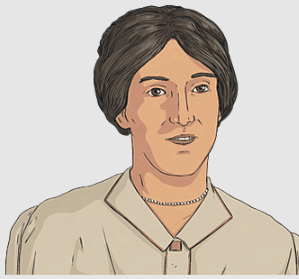
- Margaret Elizabeth Cousins (also known as Gretta Cousins) was an Irish-Indian educationist, suffragist, and Theosophist.
- She moved to India with her husband, poet and literary critic James Cousins, in 1915.
Early Life and Education
- Margaret Gillespie, from an Irish Protestant family, was born on 7 November 1878 at Boyle, County Roscommon.
- She studied music at the Royal University of Ireland in Dublin, graduating in 1902, and became a teacher.
Her Role in Ireland
- 1906: Attended National Conference of Women (NCW) meeting in Manchester, joining the Irish branch of NCW.
- 1907: Attended London Convention of Theosophical Society, establishing connections with various activist groups in London.
- 1908: Co-founded the Irish Women’s Franchise League with Hanna Sheehy-Skeffington, serving as the league’s first treasurer.
- 1910: Participated in the Parliament of Women, advocating for women’s rights, leading to her arrest.
- 1913: Upon the reading of the Second Home Rule Bill, protesters broke windows at Dublin Castle, leading to arrest and imprisonment in Tullamore Jail.
- Demonstrated for recognition as political prisoners and initiated a hunger strike for release.
- 1915: Moved to India, presumably continuing their activism and involvement in social causes.
Contributions in India
- Initially worked for New India, Annie Besant’s newspaper, but was dismissed for an article supporting the Easter Uprising.
- 1916: Became the first non-Indian member of the Indian Women’s University at Poona.
- 1917: Co-founded the Women’s Indian Association (WIA) with Annie Besant and Dorothy Jinarajadasa.
- Edited the WIA’s journal, Stri Dharma, advocating for women’s rights and empowerment.
- 1919: Drafted the first demand for women’s voting rights in India, presented to the Southborough Committee in London.
- 1922: Became the first woman magistrate in India.
- 1927: Co-founded the All India Women’s Conference, later serving as its President in 1936.
- She became a member of the Flag Presentation Committee and presented the National Flag of India to the Constituent Assembly on 14 August 1947.




![PMF IAS Environment for UPSC 2022-23 [paperback] PMF IAS [Nov 30, 2021]…](https://pmfias.b-cdn.net/wp-content/uploads/2024/04/pmfiasenvironmentforupsc2022-23paperbackpmfiasnov302021.jpg)
